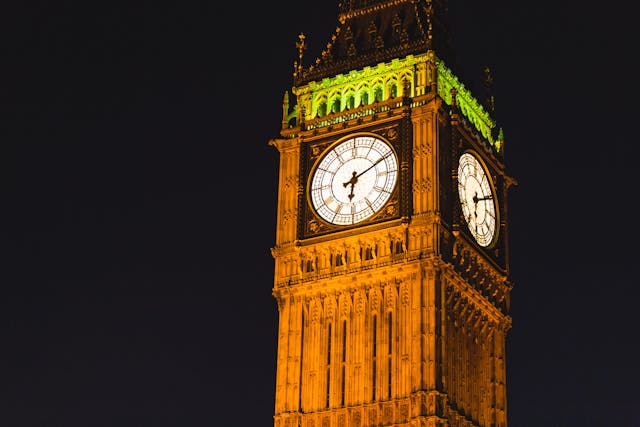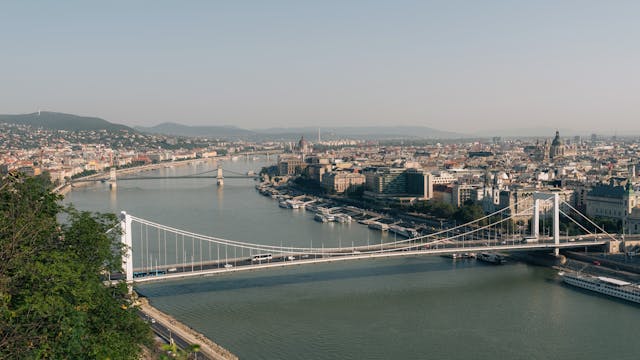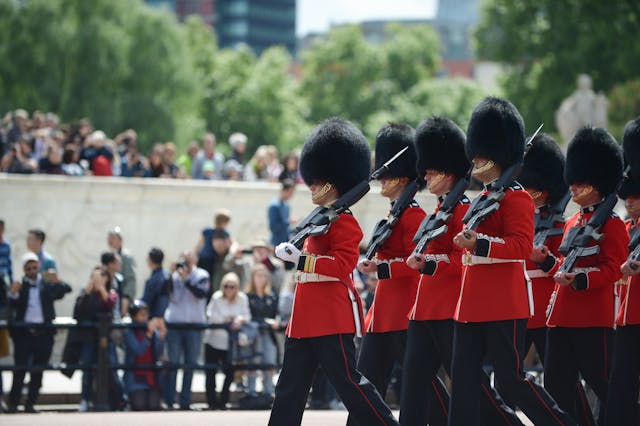Queen Elizabeth II, one of the most iconic and revered monarchs in modern history, reigned for over six decades, shaping the course of the United Kingdom and the Commonwealth of Nations. Born Elizabeth Alexandra Mary Windsor on 21st April 1926, she became the longest-reigning British monarch and the longest-reigning queen regnant in world history. This biography aims to offer a comprehensive look into the life, reign, and enduring legacy of Queen Elizabeth II.
Early life: a princess in waiting

Queen Elizabeth II was born in London to the Duke and Duchess of York, later known as King George VI and Queen Elizabeth (The Queen Mother). Elizabeth’s early years were filled with the stability and comforts afforded to the royal family, but she was not initially in line for the throne. That all changed in 1936 when her uncle, King Edward VIII, abdicated the throne to marry Wallis Simpson, an American divorcée. The abdication of King Edward VIII meant that her father, the Duke of York, ascended the throne as King George VI, making Elizabeth the heir presumptive.
During her childhood, Elizabeth was a quiet, reserved young girl. She and her sister, Princess Margaret, were raised in the safety and privacy of their family’s homes, including their residence at 145 Piccadilly, London. They were educated privately, with a focus on history, law, and literature, along with a deep understanding of their royal duties. Despite the turbulent times caused by World War II, the young princess showed resilience and a commitment to duty.
Marriage and family life
In 1947, Princess Elizabeth married Philip Mountbatten, Duke of Edinburgh, a former prince of Greece and Denmark. The couple had first met when Elizabeth was just 13 years old, and after a lengthy courtship, they wed on 20th November 1947 at Westminster Abbey. The marriage, although under public scrutiny, would become a cornerstone of Elizabeth’s personal and public life.
Together, Queen Elizabeth II and Prince Philip had four children: Charles (born 1948), Anne (born 1950), Andrew (born 1960), and Edward (born 1964). The birth of her children marked the beginning of her transition from a young princess to a mother and a future queen, all while maintaining the royal family’s duty of public service.
The support of her husband, Prince Philip, was pivotal during the early years of her reign. Their shared sense of duty and mutual respect provided a foundation for her work as a monarch and for the stability of the royal family.
Ascension to the throne
On 6th February 1952, Queen Elizabeth II became monarch following the sudden death of her father, King George VI, who had passed away from lung cancer. Elizabeth, who was on a royal tour of Kenya with Prince Philip at the time, was immediately informed of her father’s death and her ascension to the throne. This moment marked the beginning of a new era for Britain and the Commonwealth.
The young Queen, at just 25 years old, was thrust into a world of leadership that she had not fully expected. Her early reign was characterised by significant changes within the British Empire and the world at large. The end of the British Empire, the establishment of the Commonwealth, and the transformation of Britain into a modern European nation were key themes during Elizabeth’s reign.
Her coronation in 1953 was a historic event, watched by millions across the globe through the advent of television, which helped cement her status as a modern monarch who was both connected to her people and committed to tradition. The Queen’s grace, composure, and unwavering sense of duty became defining characteristics of her reign.
The queen’s role in the United Kingdom and the Commonwealth
Throughout her reign, Queen Elizabeth II played a significant role in modernising the British monarchy. She embraced changes in society, politics, and international relations, while also preserving the traditions that have long been associated with the crown.
One of her earliest priorities was ensuring the stability of the British monarchy during a time of great change. The aftermath of World War II had left the United Kingdom in economic turmoil, and the gradual loss of its empire was reshaping the world order. Elizabeth worked tirelessly to maintain the monarchy’s relevance, performing her duties as head of state, and representing the values of the nation.
As the head of the Commonwealth, a collection of nations that were once part of the British Empire, Queen Elizabeth II played a key role in promoting peace, unity, and cooperation. Her visits to Commonwealth countries helped to strengthen diplomatic ties and foster a sense of global community. The Queen’s commitment to the Commonwealth was exemplified in her deep relationships with Commonwealth leaders, which spanned decades and helped build a diverse and unified international community.
Her reign saw the expansion of the Commonwealth, and she visited nearly every Commonwealth country during her reign, cementing her place as a central figure in international diplomacy.
The changing face of the monarchy
Throughout her reign, the Queen experienced significant changes within the royal family, the British public, and the monarchy itself. The 1960s and 1970s saw the rise of media scrutiny, and the royal family faced increasing public attention, particularly after the divorces of her children, Princess Anne (1973), Prince Charles (1996), and Prince Andrew (1996). The public’s perception of the royal family was tested in the 1990s, especially during the tumultuous years leading up to the death of Princess Diana in 1997.
The Queen faced these challenges with her usual grace and dignity, but it was clear that the monarchy needed to adapt to the changing times. She worked hard to maintain the monarchy’s popularity, even as the media landscape changed. In the 2000s, the royal family embraced new forms of communication, including the internet and social media, which allowed Queen Elizabeth II to stay connected with her people, particularly younger generations.
Her Diamond Jubilee in 2012 marked the 60th anniversary of her reign, a momentous occasion that was celebrated worldwide. The Queen’s continued devotion to her role and her ability to adapt to the times was a testament to her longevity and resilience as a monarch.
A legacy of service

Queen Elizabeth II’s reign will be remembered for many things: her unmatched longevity, her unwavering sense of duty, and her steady leadership in times of uncertainty. As the longest-reigning British monarch, she led the United Kingdom through a period of profound change. Under her leadership, Britain transitioned from an imperial power to a modern, multicultural nation, and the Commonwealth evolved into a global family of nations committed to cooperation, peace, and shared values.
Despite her immense responsibilities, the Queen remained a deeply personal figure, committed to the service of her people and her country. She has often said that her duty to serve was a promise she made on her 21st birthday, and she fulfilled that vow throughout her life. Queen Elizabeth II’s dedication to public service, her ability to navigate the complexities of modern monarchy, and her deep connection with the people she served will be remembered as her defining legacy.
Her passing in 2022 marked the end of an era, but her legacy continues to inspire future generations. Queen Elizabeth II exemplified what it means to lead with honour, compassion, and a deep sense of responsibility. As the world reflects on her reign, Queen Elizabeth II remains one of the most respected and admired figures in history.
Queen Elizabeth II’s life and reign were defined by her sense of duty, unwavering commitment to service, and ability to adapt to an ever-changing world. From her early years as a princess to her extraordinary tenure as monarch, Queen Elizabeth II has left an indelible mark on history. Her reign transcended the monarchy itself, influencing the course of the nation and shaping the future of the Commonwealth. Her legacy will continue to inspire generations to come.
